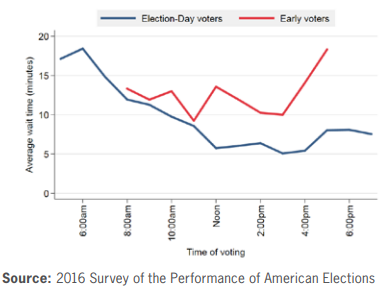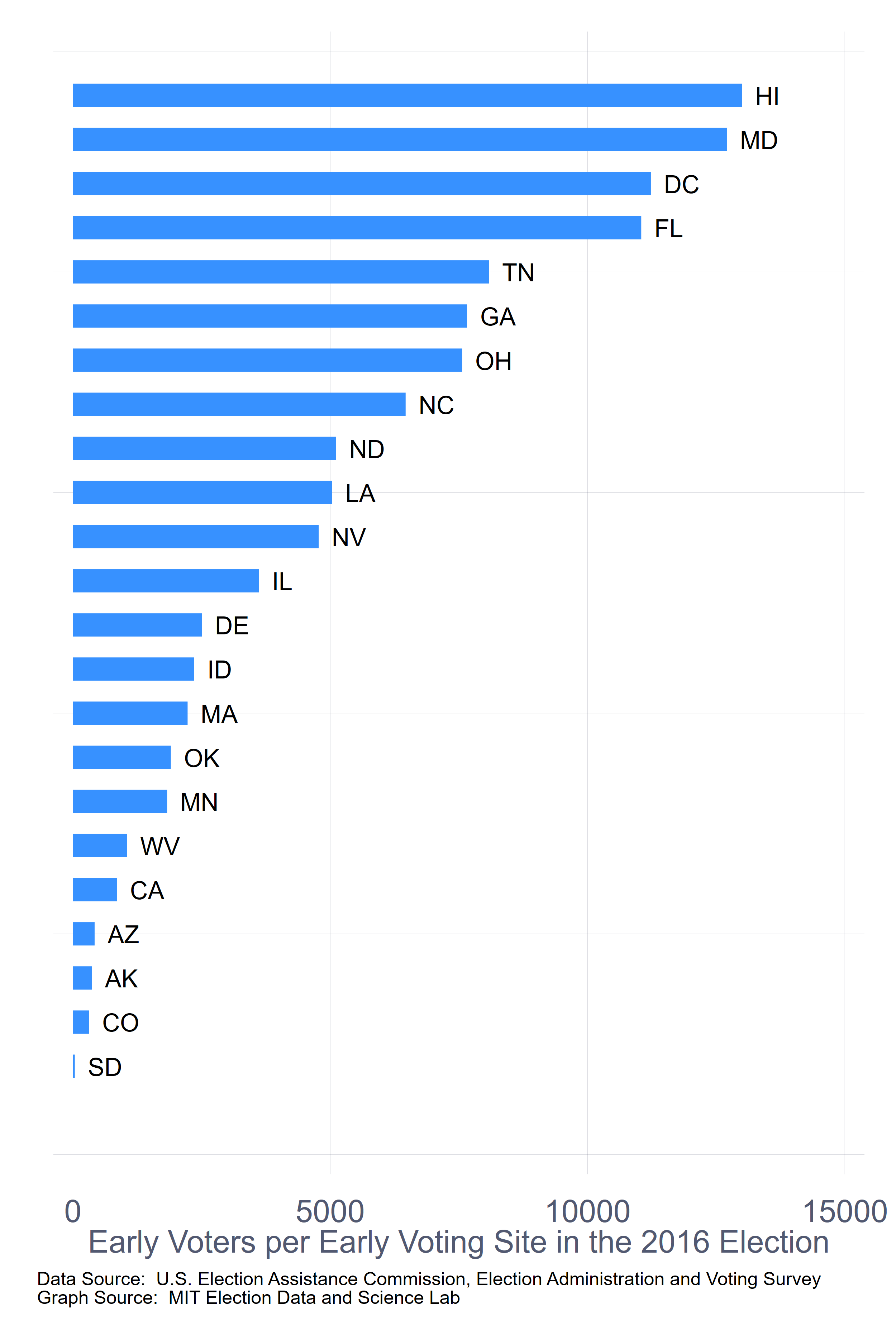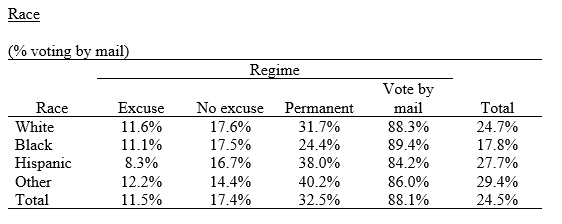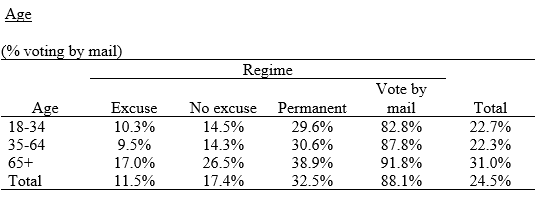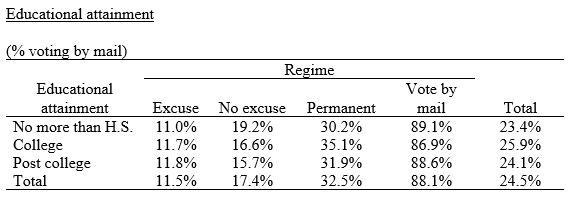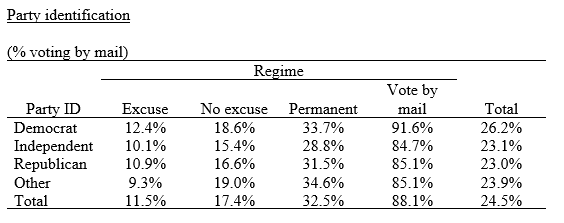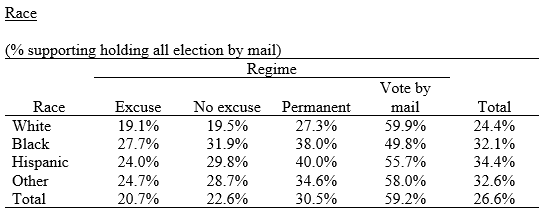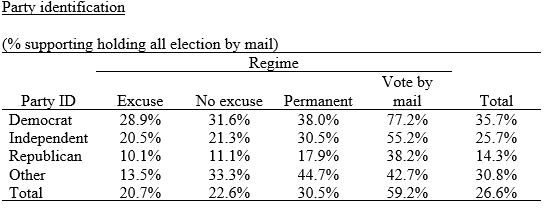Guest Blog by Seo-young Silvia Kim
Silvia Kim is a PhD candidate at Caltech, currently finishing her dissertation research on American Politics and Political Methodology. Silvia has been a key collaborator on the Monitoring the Election project. She’ll be starting her new position as an Assistant Professor in the Department of Government at American University in August 2020.
On Super Tuesday, I drove more than 170 miles alone in my tattered old car, zigzagging through both Los Angeles and Orange County for election observations, visiting nine vote centers from noon to 10pm. Usually our team policy is to go out in pairs, but this year I was determined to roam the new vote centers far and wide all day, so I volunteered to go alone.
I am a quantitative data analyst—that is to say, I revel in gathering and analyzing numbers. Qualitative research, which focuses on unquantifiable, non-numerical data, is usually not my turf and out of my interest. Yet ever since I jumped into the world of elections and election administration, I have been observing elections every primary and general Election Day. And I would never underestimate the importance of in-person observations in research. 
The benefit of in-person observations are numerous. One gets to observe the election take place out in the open, the street-level bureaucrats and voters at their natural “habitat.” Once I arrive, I observe the exterior of the location, ask permission from the center lead to observe, stand still in a corner so that I do not get in the way of voter, and then observe for 10 to 30 minutes. When there is not much traffic at the center and there are no notable troubles, ten minutes could be enough. When there are long lines and apparent trouble at the location, sometimes even 30 minutes is not enough.
If time and place allow, I may also be able to chat with various vote center staff. This did not happen as much as in 2016 or 2018, as there was high turnout and the staff were busy. But during the early voting period, or in locations with less voters, or when a staff is biting into cold pizza slices, I get to ask questions about what is going on at the voting location. Are all check-in devices working properly? Did they receive all necessary equipment on time? Were communications with the Registrar smooth and readily available? Were there any particular spikes in provisional voting or voter information edits, and if so, why? In most cases, they are happy to provide answers, as I consolidate these into recommendations for the Registrar, as in the Los Angeles Vote Center Observation Report.

While these anecdotes may not necessarily be generalizable, they provide important intuition as to what to look for when numerical data actually arrives. For instance, I personally observed thousands of students milling in a line to vote, a vote center in Los Angeles County. Did the same happen in Orange County, where I did not get to see any college locations? When I analyzed the wait time data, as reported in our Orange County Vote Center Observation and Wait Time Report, I did indeed see long wait time at UCI, CSUF, and Chapman University’s data. Based on the intuition built from my observations, I can look for common patterns in the data more quickly. In other words, the qualitative analysis that I undertake provides direction and guidance.

With COVID-19, the administrators all around the United States are scrambling to prepare for the voting experience in the midst of a pandemic. It may not be possible to “observe” the election as I usually have. It will still be beneficial if alternatives can be implemented—for example, researchers talking directly to staff that have worked on the in-person voting locations via the phone. If not, we still hope that the intuition that we have gathered for Los Angeles and Orange County improve the voting experience of Southern California’s electorate in future elections.

